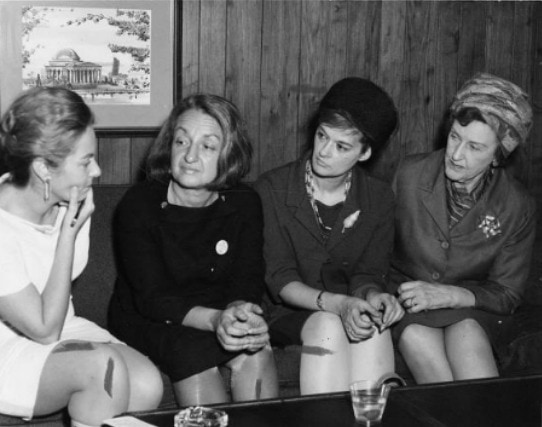
From the A-line minis of popular mod culture to the plaid ones circa Clueless and the denim ones that Abercrombie and Hollister churned out in the early 2000s, miniskirts have become a wardrobe staple, especially among young people.
This popular style has a long history behind it, heavily rooted in the women’s liberation movement and youth culture. The mini was a form of expression that represented independence and ingenuity, which is why it’s culturally significant as well as stylish.
Below, I’ll take you through the history of the miniskirt and explain how this item grew from a social statement into a wardrobe classic.
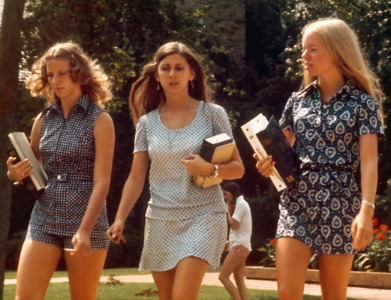
Table of Contents
Setting the Stage: Youth Culture in the 1960s
Although hemlines had been steadily rising throughout the early 20th century, it wasn’t until the ’60s that miniskirts became popular, especially with young people.
Up until World War II, teenagers were essentially mini adults. They dressed and acted a lot like their parents and many settled down and began raising families when they were young, typically right after high school. Also, many were expected to work and assist their families financially. As a result, teen culture before the war was practically non-existent.
After WWII, however, with the advancement of many technologies and stricter child labor laws, teenagers gained more time to enjoy their youth. This created a climate where they had a freedom to create their own culture separate from their parents. They soon began to establish their own identities and communities with their own views and ideas, breaking away from their parents’ traditions and beliefs.
The mid-20th century’s newly emerging youth culture and their radical questioning of social norms set the foundation for the women’s liberation movement, which helped popularize the miniskirt.
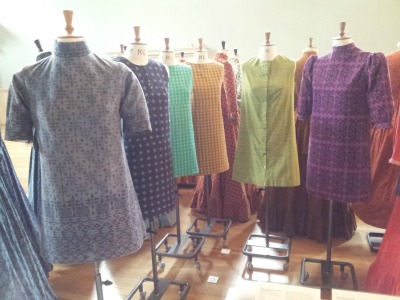
The Women’s Liberation Movement
The women’s liberation movement is where the miniskirt really found its home.
While it had been around for a long time, feminism found its name and footing in the ’60s. After working in factories during WWII, many women soon found they craved a career and life outside the home. They wanted the same choices, freedoms, and opportunities that were offered to men, and they were ready to fight for them.
Post-WWII, women also decided that they wanted to be able to choose what they did with their bodies. Many women decided to postpone starting families because they wanted to explore the world, its options, and themselves before settling down. And, with the invention of the birth control pill, this became a possibility. This desire for autonomy over their body also related to how they dressed and is one of the reasons that the miniskirt became popular.
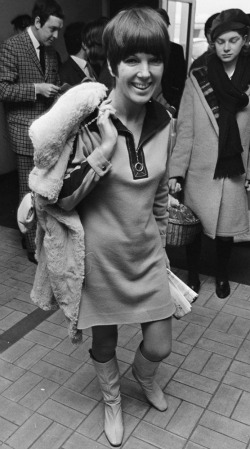
The Rise of the Miniskirt
The invention of the miniskirt is widely attributed to Mary Quant, a British designer who owned a boutique in London. She was inspired by the energy of the young people around her. Thus, she began experimenting with hemlines to create a look as vibrant and revolutionary as the times. She named the result after the Mini Cooper, which she said had the same type of energy.
However, Quant doesn’t like to take credit for the trend. She considers the miniskirt something that was started by the young people and feels that it should belong to them.
André Courrèges, a French designer, helped bring the trend to his country, selling his own take on short skirts. However, his designs tended to be more structured and sophisticated than Quant’s. This made the mini more acceptable to the French public, and thus more popular, since it wasn’t a grand departure from the chic styles they were used to.
We can also credit British culture – and its popularity in America – with popularizing the miniskirt. Models like Twiggy, with her iconic mod schoolgirl look, set a new standard for beauty that was a departure from the glamour of previous decades. Mod girls also popularized tall socks and go-go boots, which would usually be worn with the miniskirt.
Overview
The miniskirt was born from youth culture and a desire for things that were fresh, fun, and flirty, much like the young people of the sixties. This new look appealed to young people, who wanted to distance themselves from the older generation and express their own views. This desire for autonomy was reflected in the women’s liberation movement, which was gaining popularity during the decade. The miniskirt was a popular choice for independent, revolutionary women of the decade.
Additionally, the British Invasion and mod culture helped bring the miniskirt to the forefront of fashion. Previously, everyone looked to France to set the trends but the miniskirt showed that new looks could come from all around.
Today, the decision to slip into a mini doesn’t have to same type of political weight that it did in the ’60s but it does show how trends and politics can go hand in hand. So rock your miniskirt with pride – and when you do, take a second to remember where it came from.
Shop the Trend: Cute & Affordable Miniskirts
Below, I’ve included a few examples of budget-friendly miniskirts in case you now want to buy one of your own!
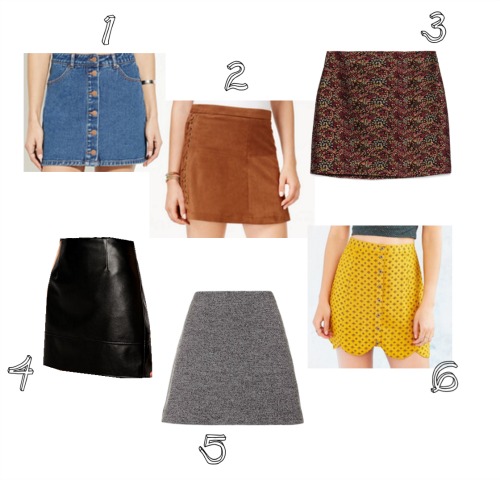
Products: 1. Forever 21, 2. Macy’s, 3. Zara, 4. Asos, 5. Nordstrom, 6. Urban Outfitters
What do you think?
Did anything about the history about the miniskirt surprise you? Are there any other trends you can think of that found their roots in politics and activism? Let me know below!

One thing you missed. The mini skirt boosted the popularity of pantyhose because stockings were too revealing when worn with a mini skirt. Thus it helped to liberate women from the tyranny of garter belts and corsets. When hemlines went down, stockings failed to make a comeback because women had got used to the comfort of pantyhose,